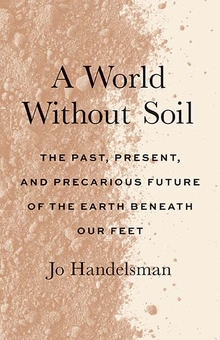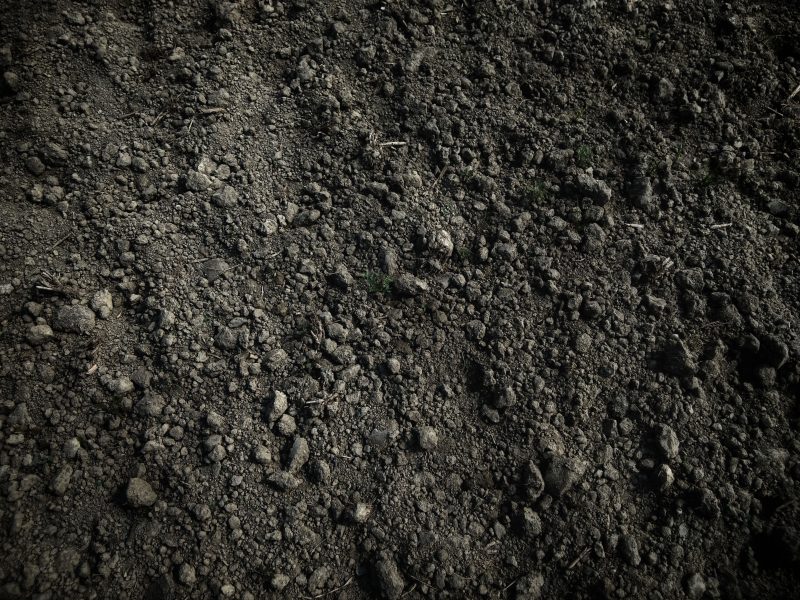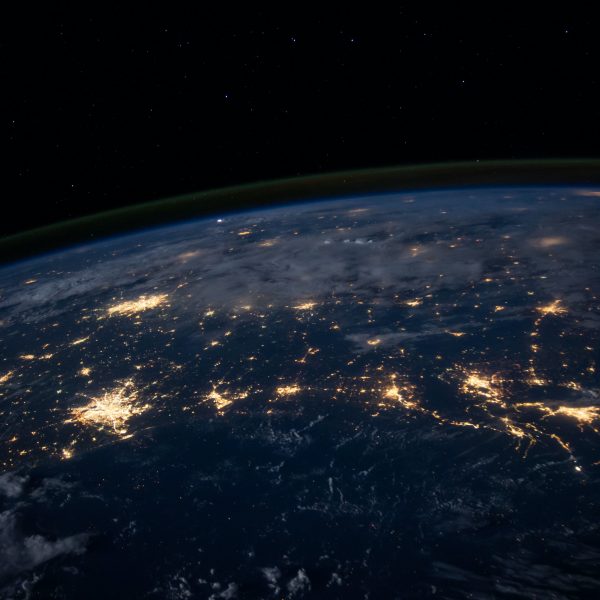COP26: INDIGENOUS VOICES IN GLOBAL SOIL (AND CLIMATE) POLICY
Jo Handelsman, Kayla Cohen, Garth Harmsworth, and Shaun Awatere tell us about the importance of soil and why the voices of indigenous people must be heard at the COP26 table.
The 2021 United Nations climate change conference, COP26, marks the world’s next big step toward limiting global warming to 1.5 degrees. To achieve this ambitious goal and make progress toward climate justice, Indigenous people must have their voices heard at the COP26 table. Although they are disproportionately affected by the consequences of climate change, Indigenous people are often marginalized at COP conferences and not included in official negotiations. We argue in this paper that to effectively achieve climate change goals, we should embrace the principles of environmental justice and put a spotlight on Indigenous stewardship.
COP26
At the summit in Glasgow November 1-12, world leaders must build on the ambitious emission reduction targets laid oAt the summit in Glasgow November 1-12, world leaders must build on the ambitious emission reduction targets laid out in the Paris Agreement at COP21 in 2015. To attain the goal of net zero emissions by 2050, the Glasgow talks will move beyond limiting emissions by focusing on strategies for managing and protecting natural resources that sequester carbon. Currently there is no specific global policy for soil and climate change. COP26 presents a timely opportunity to create soil policy and engage broadly in a systematic approach to soil conservation. The most coherent action plan is spearheaded by the 4 per 1000 organization that aims to increase carbon by 0.4 percent per year in the top 30-40 centimeters of soil worldwide. If this goal was adopted by all countries, the organization estimates that if the stored soil carbon was stable, it could stop the increase of carbon dioxide in the atmosphere. Few of those who have signed on to 4 per 1000’s mission represent Indigeneous groups.
Soil and Climate Change
Soil can act as a source or a sink for carbon. The Earth’s soil contains 2.4 trillion tons of carbon—three times more than in the entire atmosphere and four to five times more Soil can act as a source or a sink for carbon. The Earth’s soil contains 2.4 trillion tons of carbon—three times more than in the entire atmosphere and four to five times more than all vegetation. However, soil is being rapidly degraded worldwide in a continuing downward spiral compounded by climate change. Since the advent of modern agriculture, 133 billion tonnes of carbon have been lost from global soils, contributing up to 20% of total carbon emissions since the Industrial Revolution. Consequently, many soils around the world are severely depleted, meaning there is plenty of “storage space” for carbon to be sequestered. Under long-term sequestration, the soil could serve as a reservoir for the 133 gigatons that have been lost.
Indigenous Communities
Customary resources and practices of many Indigenous communities on the planet are now extensively threatened by continuing conversion to modern agriculture, mining, and development of new settlements, communities, and infrastructure. Climate change exacerbates this threat. There is no single philosophy for the more than 5,000 Indigenous groups on the planet, but there are common beliefs, values, and themes amongst these populations that have lived with nature for centuries. One commonality is a holistic view of the world built on respect and interdependencies with natural ecosystems. This contrasts with a more western science view, which often involves dissecting a system, such as the environment, into small elemental pieces to understand its complexity. Many examples show that Indigenous societies have successfully farmed their land for centuries and developed a high standard of soil stewardship. Many communities displaced from customary land areas have successfully transferred their knowledge to new locations, further demonstrating a soil management prowess. Māori, Maya, and Zuni people, for example, have practiced and refined fundamental principles of soil management through centuries matching crops to soils and climate; minimizing soil disturbance; retiring, rotating, and resting land; using natural additives and fertilizers; increasing biodiversity; planting mixtures of native plant species; and enriching the soil with carbon. Indigenous people have also had a reverence for native vegetation and forests, especially to retain forests on steep erosion-prone lands to limit soil loss and improve stability. The international community risks squandering this knowledge if Indigenous groups are excluded from mapping strategies at COP26 negotiations.
It is imperative for the planet’s health that we restore its stable carbon stocks and curb carbon loss. Indigenous people are custodians for more than 20% of the world’s land and 80% of its biodiversity, with authority to be active decision-making participants in climate governance and soils. The knowledge and expertise of those who have successfully maintained their land and soils for centuries would contribute substantially to developing effective strategies and practices to remediate damage caused by those who have destroyed their soils in less than two centuries.
The world stage, voting rights, and signatory power should be shared with Indigenous people who will be greatly affected by and could contribute to efforts such as the 4 per 1000 initiative. As state actors consider 4 per 1000 and other ambitious steps for curbing climate change at COP 26, they should embrace the principles of environmental justice by recognizing the intrinsic rights of Indigenous people to be at the table to contribute to policy that will build soil carbon, a key component of securing a safe climate.
Further Reading:



























